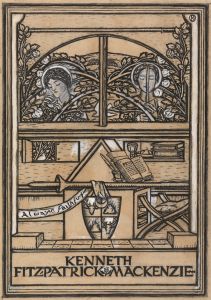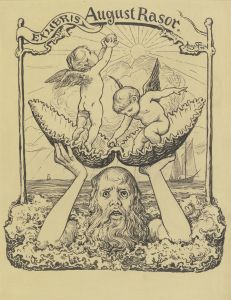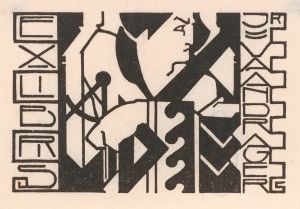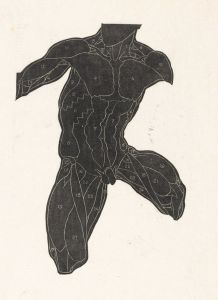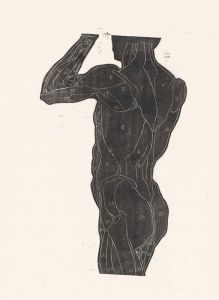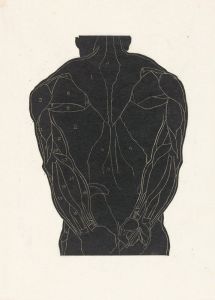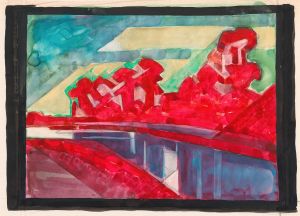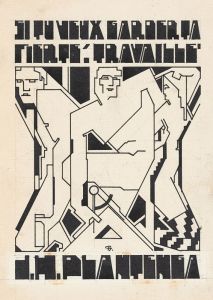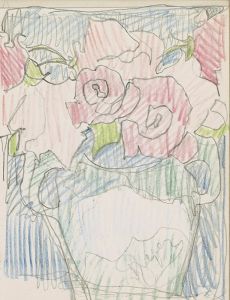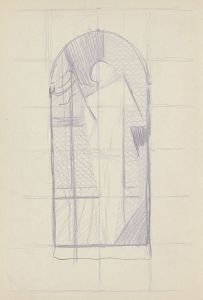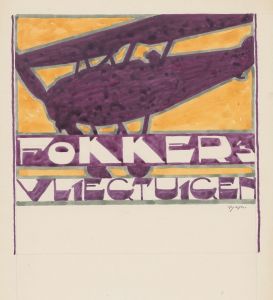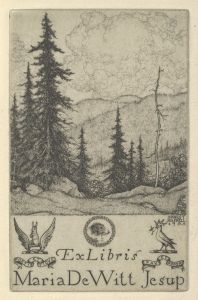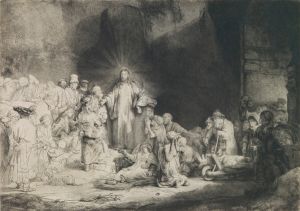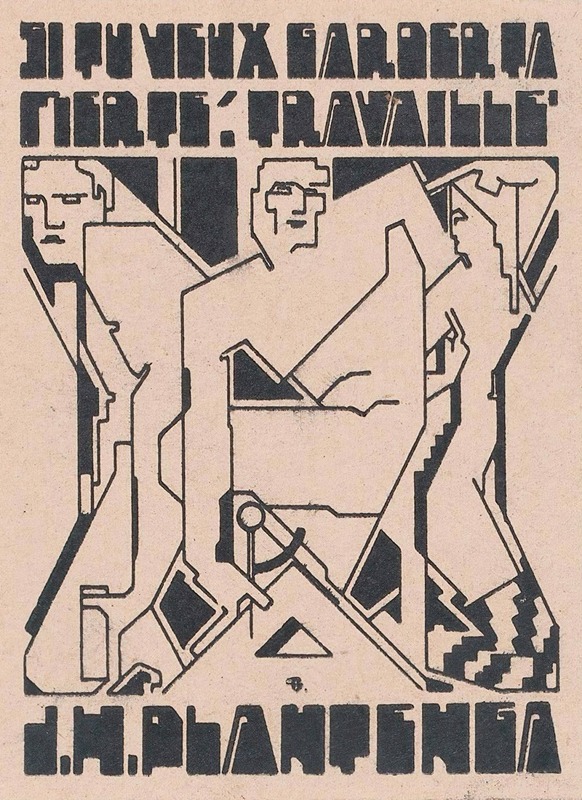
Ex libris van J.H. Plantenga
A hand-painted replica of Reijer Stolk’s masterpiece Ex libris van J.H. Plantenga, meticulously crafted by professional artists to capture the true essence of the original. Each piece is created with museum-quality canvas and rare mineral pigments, carefully painted by experienced artists with delicate brushstrokes and rich, layered colors to perfectly recreate the texture of the original artwork. Unlike machine-printed reproductions, this hand-painted version brings the painting to life, infused with the artist’s emotions and skill in every stroke. Whether for personal collection or home decoration, it instantly elevates the artistic atmosphere of any space.
Reijer Stolk was a Dutch artist known for his contributions to graphic design and printmaking in the early 20th century. One of his notable works is the ex libris, or bookplate, created for J.H. Plantenga. An ex libris is a decorative label or stamp placed inside a book to indicate ownership, often reflecting the personal tastes or interests of the book's owner.
Reijer Stolk was born in 1896 in the Netherlands and became a prominent figure in the Dutch art scene. He was particularly active during the interwar period, a time when the art world was experiencing significant changes with the rise of modernism and other avant-garde movements. Stolk's work is characterized by its intricate designs and attention to detail, which made him a sought-after artist for creating ex libris.
The ex libris for J.H. Plantenga exemplifies Stolk's skill in combining traditional and modern elements. While specific details about J.H. Plantenga are scarce, it is known that he was a bibliophile, someone with a deep appreciation for books, which is why he commissioned Stolk to create a personalized bookplate. The design of the ex libris would have been tailored to reflect Plantenga's personal interests or identity, a common practice for such commissions.
Stolk's ex libris designs often featured symbolic imagery, intricate line work, and a harmonious balance of text and illustration. These elements were likely present in the Plantenga ex libris, showcasing Stolk's ability to convey complex ideas and personal symbolism within a small, confined space. His work in this area contributed to the broader appreciation and collection of ex libris as an art form during the early 20th century.
The creation of ex libris was a popular practice among book collectors and intellectuals during this time, serving both a practical purpose and an artistic one. It allowed individuals to mark their ownership of books while also expressing their personal identity or interests through art. Artists like Reijer Stolk played a crucial role in elevating the ex libris from a mere ownership mark to a collectible piece of art.
Stolk's contribution to the art of ex libris is part of a larger tradition that dates back centuries, but his work stands out for its modernist influences and the way it captures the spirit of the early 20th century. His designs are appreciated not only for their aesthetic qualities but also for their ability to encapsulate the personal stories and identities of the individuals for whom they were created.
While specific details about the imagery and symbolism in the ex libris for J.H. Plantenga are not widely documented, the work remains a testament to Reijer Stolk's artistic legacy and his role in the history of graphic design. His ex libris designs continue to be studied and admired for their artistic merit and historical significance, reflecting a unique intersection of personal expression and visual art.





